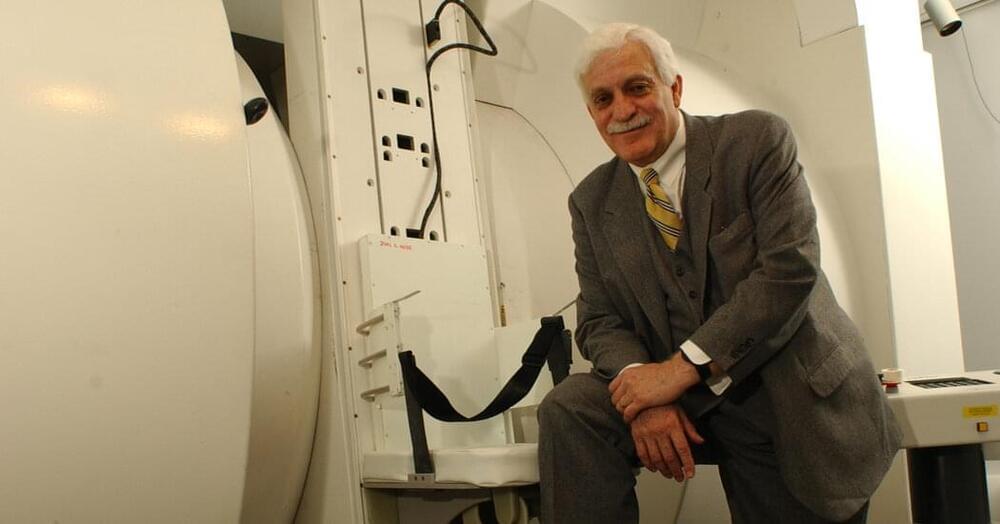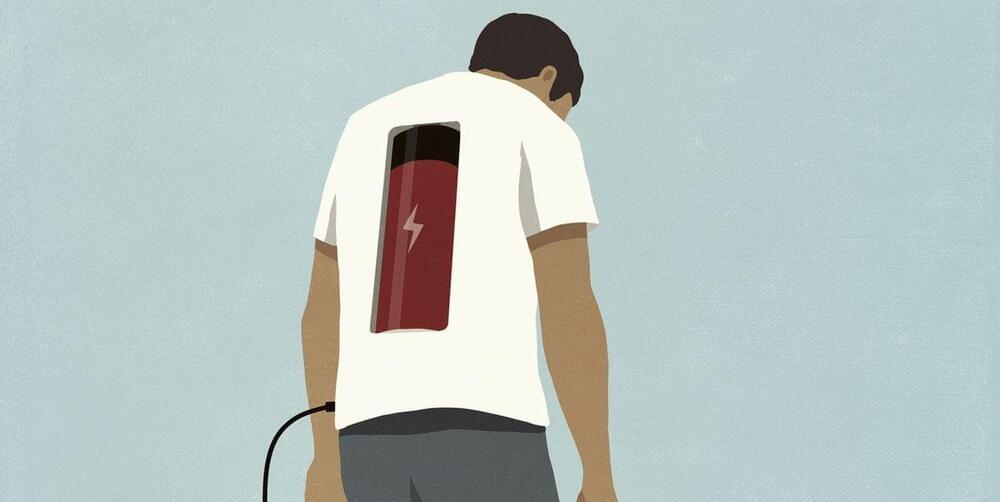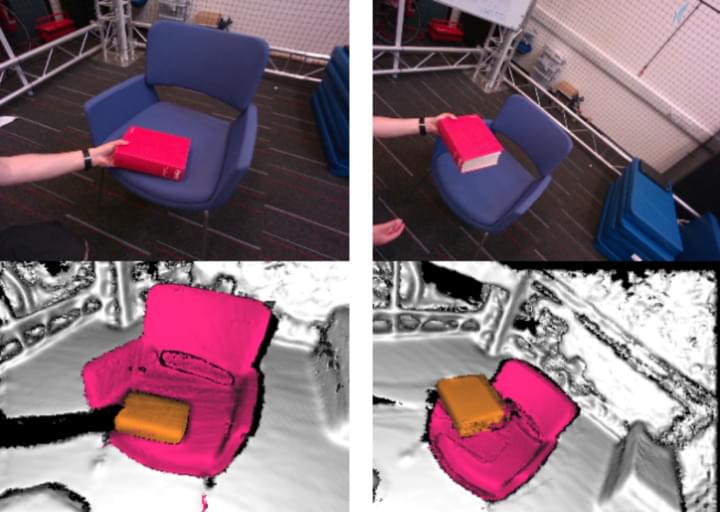Starlink TV went down for users across the global from about 3AM ET to 7AM ET with the service still suffering from speed degradations.




James Brown has brilliantly brought classic Lego computer bricks to life by outfitting them with a tiny OLED screen, processor, battery contacts and more.


Liquid crystals consist of rod-shaped molecules that slosh around like a fluid, and in those that are nematic the molecules are mostly parallel to each other. For devices like TV screens, the odd molecule that faces the wrong way has to be removed during the manufacturing process, but these defects are key for building a liquid crystal computer, says Kos.
In ordinary computers, information is stored as a series of bits, electronic versions of 1s and 0s. In Kos and Dunkel’s liquid crystal computer, the information would instead be translated into a series of defective orientations. A liquid crystal defect could encode a different value for every different degree of misalignment with other molecules.
Electric fields could then be used to manipulate the molecules to perform basic calculations, similar to how simple circuits called logic gates work in an ordinary computer. Calculations on the proposed computer would appear as ripples spreading through the liquid.


In an example of the adage “everything old is new again,” MIT engineers report a new discovery in semiconductors, well-known materials that have been the focus of intense study for over 100 years thanks to their many applications in electronic devices.
The team found that these important materials not only become much stiffer in response to light, but the effect is reversible when the light is turned off. The engineers also explain what is happening at the atomic scale, and show how the effect can be tuned by making the materials in a certain way—introducing specific defects—and using different colors and intensities of light.
“We’re excited about these results because we’ve uncovered a new scientific direction in an otherwise very well-trod field. In addition, we found that the phenomenon may be present in many other compounds,” says Rafael Jaramillo, the Thomas Lord Associate Professor of Materials Science and Engineering at MIT and leader of the team.

Batteries provide energy to electronic devices. Your body generates and uses energy. Ergo, you’re basically a battery.
As you run, walk, or even breathe, your body is moving. A system fine-tuned enough to collect and store that output can transpose it into energy for the electronics we carry with us everyday. The obvious substrate in which to build such a system is our clothes, since they move along with us.
But without a series of wires or magnetic coils, how can cotton, wool, polyester, or even leather garments collect, store, and transport electricity? A team at Nanyang Technological University (NTU) in Singapore thinks it has the answers to finally harness your inner generator—and keep you from needing to borrow a charging cord.

Simultaneous Localisation and Mapping (SLAM) is a task of simultaneously estimating the sensor pose as well as the surrounding scene geometry. However, most existing SLAM systems are designed for the static world, which is unrealistic.
A recent paper on arXiv.org proposes a robust object-level dynamic SLAM system.